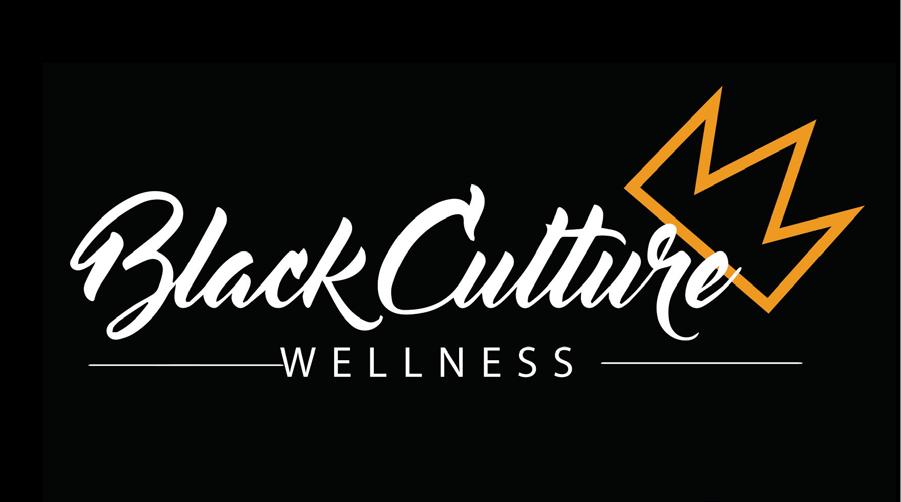
3 minute read
Strategies & Guidelines
Community Partners are an essential part of the Neighborhood Activation team. They are the real experts on their neighborhood and have the most at stake. The City and consultants’ role is to build a process that aligns with community partner values and enables them to participate as leaders and stewards of the work.
Some of a community’s greatest assets are the people, groups, and associations who are already doing great work in the neighborhood. To build upon the contributions and talents of different people, Neighborhood Activation relies on an ever-widening circle of activated neighbors. Rather than making or owning decisions, the team aimed to faciliate this growing network in directing design, investment, and implementation in West Garfield Park.
Advertisement
The Neighborhood Activation team relied on direct community engagement as part of every stage of the design process. This included presenting at town halls, attending community events, doing neighborhood walkabouts, co-hosting design sessions, analyzing surveys, organizing focus groups, and conducting community-based oral testimony through one-on-one interviews with residents, leaders, and potential partners.
The Garfield Park Rite to Wellness Collaborative (GPRWC), a consortium of community and institutional organizations working in Garfield Park, became a key community partner for the Neighborhood Activation team. Beginning in early 2021, the GPWC met weekly with the Mayor’s Office, Studio Gang, the Goldin Institute, and others to contribute ideas for shaping investments and design strategies, raise awareness through town halls and other community forums, co-host design sessions, and more. Through this partnership, the team sought to promote and build upon the GPWC core values and support their vision for Black Culture Wellness.
What is Black Culture Wellness?
The practice of Black Culture Wellness involves the promotion and practice of life affirming values, principles, images, and messages that celebrate the best of the Black community via institutions, edifices, interactions, entertainment and expressions.
Tenets
• Self Efficacy • Shared (Community) Values • Cultural Expression • Health and Wellness Practice • Healthy Foods • Clean Environment • Fair Policing and Law Enforcement • Equitable Community and Corporate Investment
How to do it:
1. Engage equitably and inclusively
Welcome everyone to contribute around areas of shared concern, especially those who aren’t typically included in the process. Use these engagement opportunities to discuss potential partnerships with a diverse range of stakeholders.
2. Partner with local groups
Assemble a mix of people representing local groups to help expand the team’s perspective and capacity. Encourage the group to learn how to work together and determine who represents their interest.
3. Actively Remove Barriers
It’s not enough just to invite the public to participate. Great engagement recognizes that it is the responsibility of the facilitators to make conversations accessible so that everyone can contribute.
WHEN TO DO IT:
Before the discussion begins
FACILITATE
to build trust
Make sure everyone feels welcome
As people are speaking
Frame the discussion so that everyone can contribute their knowledge
When things go off-course Encourage participants to fully listen to each other
4. Support community leadership
Community leaders can help neighbors decide where to invest their energies and talents. Leaders can come from anywhere, not just the head of the table. Focus on empowering them and uplifting their values rather than telling them what to do.
Types of Engagement:
• One-on-one interviews • Focus groups • Town Hall presentations • Community design sessions • Surveys • Neighborhood walkabouts • Door-to-door engagement • Community Ambassadors (see p. 19) • Youth Design Leadership (see p. 35) • Interactive website to solicit input
MODERATE
to clarify arguments
MEDIATE
to help decision making
Set ground rules for determining who speaks/ when/for how long Make sure everyone has the information needed to be an informed participant
Remind participants not to assume they already know what another person will say
Emphasize that the work to date is just a start, and it is up to the group to determine where it goes Protect the opinions not shared by everyone
If people bring up past grievances, re-orient the discussion forward, not backward





